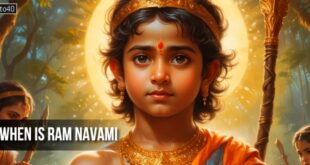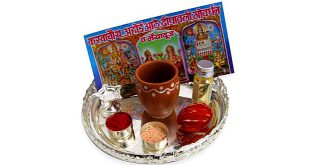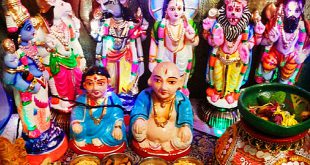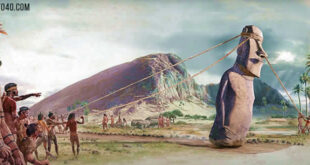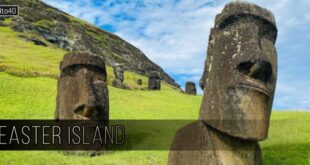Guru Ramdas who ordered that water widened the scope of Langar and meals are also served to travelers and squatters.
Guru Arjan Dev and his wife personally served water to the Sangat. They even massged the weary travelers and fanned them to sleep.
Guru Hargobind ji says: “Garib ka Mooh guru ki golak” (Poor man’s mouth is the Guru’s Coffer)
Guru Gobind Singh Ji says: ” May the kitchen and the Sword prevail in the World”. “Deg Teg Jag maih Dou Chleh!” Deg and Teg are Persian words, meaning the kettle and the sword respectively. Deg literally means a cooking -pot. It symbolically stands for the free kitchen or Langar; whereas Teg is the sword represents dignity and power. Deg to feed the poor and the stanger, regardless of caste and religion; and “Tag” the Sword, to destroy the oppressor of humanity and protect the oppressed. Hence Deg and Teg are symbols of service and power. Many of the Sikhs started their own Langars at Anandpur. One day, Guru Gobind Singh went out incognito on an inspection of Langars. He found out that Bhai Nand Lal maintained the Langar well, while others were indifferent to the needs of poor. He warned them and remarked, “The mouths of the poor are Guru’s receptacles of gifts”.
 Kids Portal For Parents India Kids Network
Kids Portal For Parents India Kids Network


